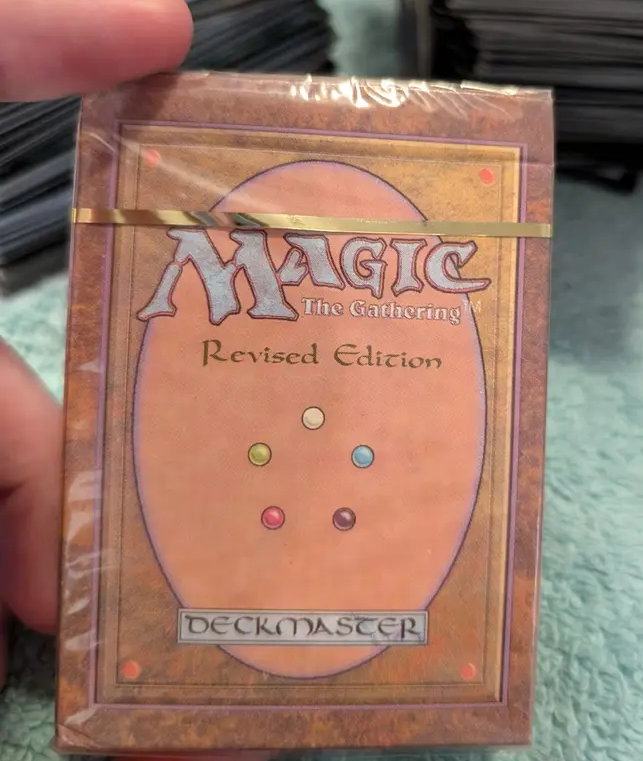
Asheville hiker treks 580 miles on Spain’s El Camino del Norte
For more than 1,000 years, pilgrims have been walking to Santiago in northern Spain where the remains of St. James the apostle are believed to be buried.
A cathedral was built over the site of the tomb. A scallop shell is the symbol of the pilgrimage. In the Middle Ages, when pilgrims arrived in Santiago, they had to walk back as well. Now thousands of hikers, pilgrims, cyclists and even horse riders, make the trek from almost any point in Europe.
Starting the third week in April, my hiking partner, Beth Ransom, and I walked the Camino del Norte from the French-Spanish border to Santiago and then on to Finisterre, believed to be the end of the Earth in Roman times.
Asheville hiker Danny Bernstein stands in front of Picos de Europa National Park on a hike across El Camino del Norte in Spain.
The Camino isn’t the Appalachian Trail. Instead, it resembles the Mountains-to-Sea Trail across North Carolina, but with an abundance of lodging options. The Camino goes through forests, farms, and tiny villages.
This is a trek, halfway in difficulty between day-hiking and backpacking. You carry everything you need on your back but you stop at a hostel (albergue in Spanish), hotel, or bed and breakfast each night.
Our first day we hike to Mt. Jaizkibel, a mountain range in the Basque Country, past several forts. When the trail starts down, it becomes rocky and slippery. I hold on to a wire handhold clamped in the rock and walk carefully.
The harbor comes into view, with the tiny town of Pasaia, tucked away under the rocky slope. We search for Santa Anna Hostel, our home for the night.
A man approaches us and says “Camino? Albergue?”
“Si,” I answer gratefully. He points to four flights of steps to a church on a hill, now a hostel. I’m exhausted.
The hostel, with 14 beds, is run by donation. It doesn’t open until 4 p.m. and we’re the second people in line, an hour early. When the host arrives, 14 people are waiting and he puts a “completo” sign on the door.
The facilities are luxurious with two showers, two toilets and sinks. Beth and I both get bottom bunks. We walk back to the only restaurant that serves dinner before 7:30 p.m.
In Cantabria, the next province, we stop at Father Ernesto’s compound in Guemes, the most famous hostel on the Norte. More than a place to sleep, Father Ernesto, 80, manages a large estate with an army of volunteers. The complex has a library, a common room, and hermitage where you can reflect on your life.
Father Ernesto, has served all over the world.
The trail takes us along the beach where we see the snow-capped mountains of Picos de Europa National Park on the left and the sea to the right. When the trail leaves Cantabria, a large sign welcomes us to the Principality of Asturias. We’ve walked for miles today and still have a long climb to a huge hostel.
The Norte has a lot of road walking. My feet will hurt for the rest of the trip. “Walk your own Camino,” the saying goes and I am. I’ve covered my feet with Compeed pads, Band-aids, duct tape, and walk through the pain.
The hostel is closed. With no other lodging in the village, we continue into the next town. You can do all the research you want but must never confuse information on the web with reality. You can’t be so exhausted that you can’t move on, if necessary.
My favorite stop may be Aviles, a former steel town. Though manufacturing is long gone from the area, a river walk is lined with large steel sculptures. It’s the birthplace of Pedro Menendez, the conquistador who founded St. Augustine, Florida in 1565, the oldest city in the U.S.
The villages are quiet. It’s difficult to find an open cafe before 11 a.m., because they cater to locals and not to pilgrims who might or might not decide to stop there. But Sobrado in Galicia is lively.
An imposing monastery founded in 952 CE runs a hostel in the center of town. Brother Lawrence, originally from London, fills us in on the history of the monastery. While talking to the monk, I realize that I’m no longer interested in doing long-distance hiking between two sets of trees.
I want to see people, culture, other ways of life and foods.
Finally, we reach Santiago. We attend the pilgrim Mass and get our Compostela – certificate of completion. But after a day of wandering around Santiago, we’re back on the trail heading to Finisterre.
580.3 miles, 15.7 miles average, 37 hiking days







